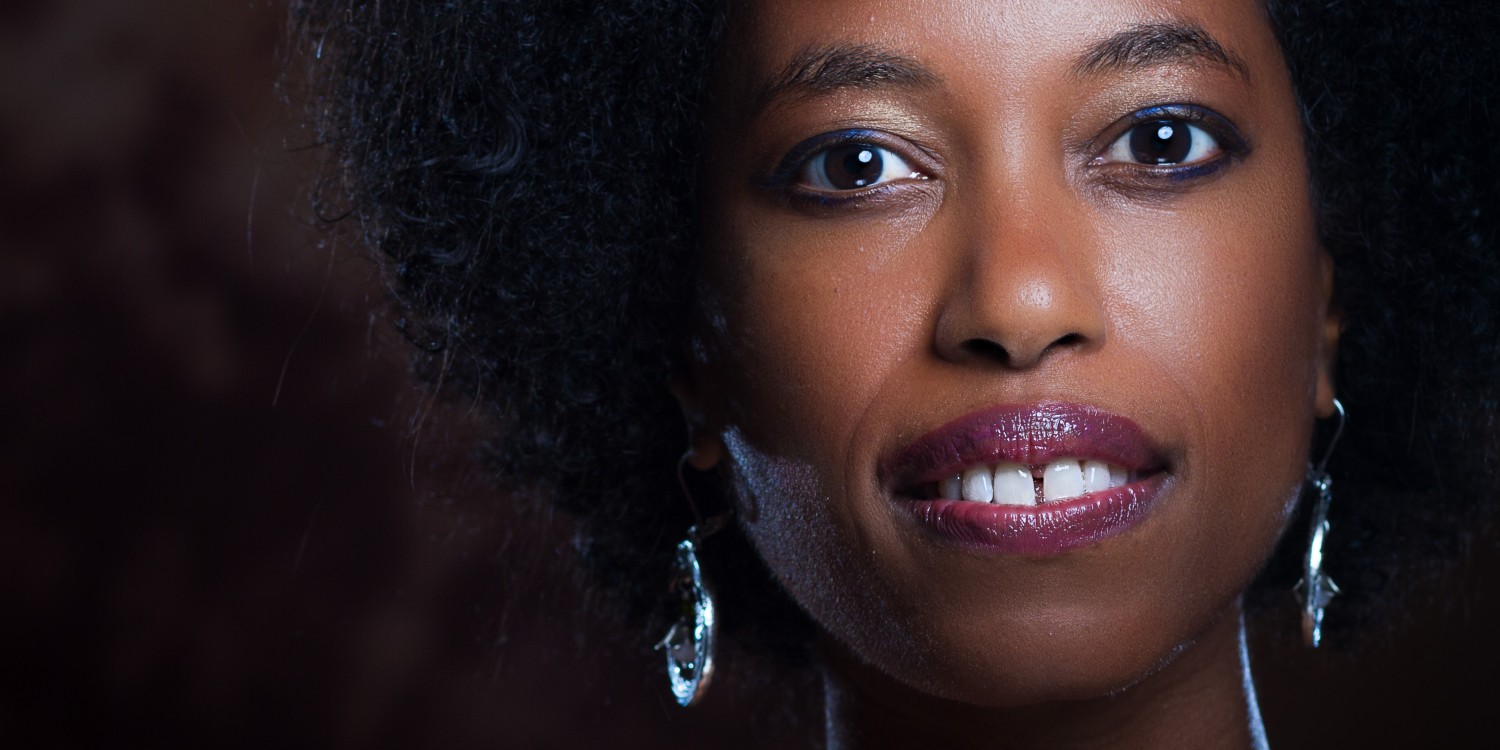Transformative power
By Naila Francis
In his more than two decades as an acoustic guitarist, Peppino D’Agostino has garnered many of his instrument’s top honors.
The fingerstyle pioneer has been consistently praised for his beautiful melodies and a symphonic intricacy that relies on frequent chord changes and alternate tunings, along with rhythmic percussion, to create sounds much fuller than one would expect from a single guitar.
He has evoked everything from a bagpipe to a berimbau, a Brazilian percussion instrument, with an astounding dexterity.
But it is in the realm of the poet, a distinction once afforded him by the San Francisco Chronicle, that D’Agostino’s approach to music shines.
“To me, music should stimulate the brain but also the heart. It should touch both places because music that is too much heart and not much brain is kind of syrupy and too sweet. That’s where I lose interest,” he says. “If you can touch the intellect and the soul and the heart, that’s what I’m looking for.”
That compelling duality wasn’t, however, what initially appealed to D’Agostino as a boy growing up in Turin, Italy, when he first saw his cousin on the guitar in church. Prior to that, his musical experience was limited to listening to the radio and the communal singing inspired by his mom’s piano-playing.
“It was magical, seeing his fingers moving over a fret board and then a sound comes out. … I always liked the sound of music but I thought this is something more important because now I can make music,” says D’Agostino, who began picking out by ear popular Italian tunes of the day, as well as songs by the Beatles and Rolling Stones (the Stones’ “As Tears Go By” was one of the first he learned how to play).
Then, he harbored the typical teenage dreams of rock stardom.
“When I played electric guitar, I remember getting together with my friend Beppe — he was playing bass — and standing in front of a mirror with a bright lamp and playing Beatles songs. In our minds — I was 12 or 13 — I really thought I was famous in my head,” he says.
By 18, he discovered Carlos Santana, whose duo album “Love Devotion Surrender” would lead him to innovative fusion guitarist John McLaughlin and his Mahavishnu Orchestra. D’Agostino became obsessed with McLaughlin’s style, even cutting his hair as short as the guitar great wore his at the time.
But when a friend gave him a copy of the 1974 album “Leo Kottke/Peter Lang/John Fahey,” Kottke became his new idol, the acoustic guitarist’s dense, disparately influenced compositions launching him toward his own bold eclecticism. With the discovery of the polyphonic capabilities of his instrument, D’Agostino made the transition to a steel-string acoustic guitar.
“Leo Kottke opened a new kind of vision for music for me. I loved the sound of just the solo guitar. It was like a mini-orchestra,” he says. “You have melodies, chords and bass lines all together. The fact that all this sound was coming out of a single guitar — plus at that time, without my knowledge, he was using different tunings that allowed him to do all this stuff — that was what changed my perspective as far as the guitar.”
Today, the longtime San Francisco resident has more than 10 albums — both solo and including collaborations with Stef Burns, International Guitar Night and, most recently, the Pacific Guitar Ensemble — to his name. His last collection of solo compositions, “Nine White Kites,” was released in 2010 and spans a broad range, from bluegrass to urban and world influences, as well as nods to the rich melodies of his Italian roots, along with more ethereal moments.
It’s a genre-defying palette he calls “acoustic minestrone,” a play on album track “Cowboy Minestrone,” his homage to country picker Jerry Reed.
With so many styles to choose from, there’s no telling what D’Agostino, who also sings in both English and Italian, will do once he takes the stage at the Sellersville Theater on Thursday. The performer is no stranger to Bucks County, where his wife, Neshaminy High School graduate Donna Wapner, grew up and still has family. She is now a professor of health science at Diablo Valley College in the Bay Area, and the two met in San Francisco when D’Agostino moved to the U.S. in 1986, fearful he didn’t have what it took to make it here in music.
“Until you come here, you don’t know what America is about,” he says, admitting he expected to encounter the “Dallas” lifestyle he’d seen on TV. “I thought to play music and make a living, you had to be a monster player. But in reality, there were people making a living playing music on the streets. Then I realized, ‘It’s not that bad.’ That’s how the whole thing started, with me playing on the streets of San Francisco and then restaurants in North Beach.”
He also taught and took odd jobs to support himself before landing his first American recording deal with Mesa/Blue Moon, a small Los Angeles label.
Now that D’Agostino is among the giants of acoustic guitar, he remains humble about such accolades, recalling the struggles to get where he is. In Italy, where his family didn’t support his desire to be a professional musician, he’d once studied to be a lawyer. But he believed he could be of greater service with music.
“Even if I play solo or with other people, I play with my eyes closed. I go to a certain place in my soul that music brings out of me and I just go on this journey and float in that beautiful place. I notice that, if I’m in that place, people can go there with me,” he says.
“They forget their troubles. I forget my troubles. It’s such a gift to the universe.”
– The Bucks County Courier Times, The Burlington County Times and The Intelligencer
4/14/13
